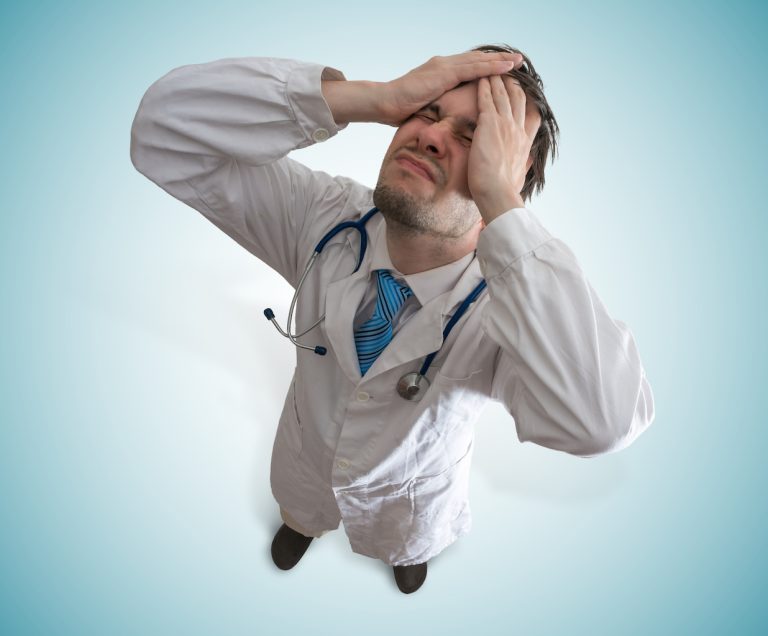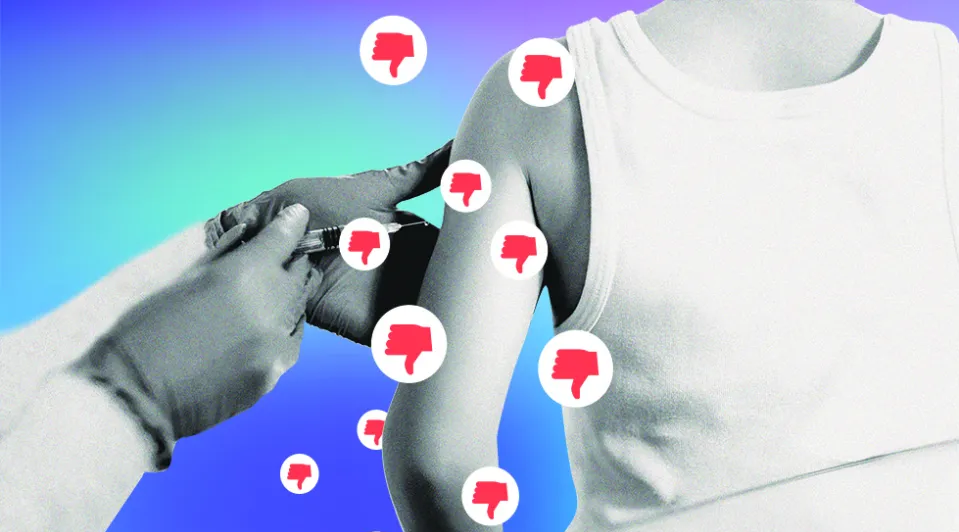Story Highlights
- A recent report by Coverys Inc. found that diagnostic errors were the most common reason for medical malpractice claims from 2013 to 2017.
- An estimated 40,000 to 80,000 people die each year from diagnostic failures in American hospitals.
- Most medical diagnostic errors occur in outpatient settings and emergency departments.
A recent report released by an insurance company known as Coverys, Inc. headquartered in Boston, Massachusetts revealed that diagnostic errors are the single largest cause of medical professional liability claims in the United States.1
The report, which provides an in-depth examination on the root cause of diagnostic-related claims, is based on an analysis of 10,618 closed medical professional liability claims at Coverys across a five-year period (2013-2017).2
Medical Misdiagnosis Is Common and Costly
On a national scale, it has been estimated that 10 to 20 percent of all medical diagnoses are inaccurate.3 According to a 2014 study published in BMJ Quality & Safety, approximately 12 million adults (5.08 percent) in the U.S are affected by outpatient diagnostic medical errors.4 The authors of the study estimate that at least half of those errors could be potentially harmful to the patient.5
An estimated 40,000 to 80,000 people die each year from diagnostic failures in U.S. hospitals alone and it is believed that at least that many also suffer permanent disability as a result of medical misdiagnosis.6
A study conducted at John Hopkins University in 2013 found that more diagnostic error claims were rooted in outpatient care than inpatient care but inpatient diagnostic errors were more likely to be fatal.7
The cost of unnecessary testing, harm from misdiagnoses and legal costs exceed $100 billion per year in the U.S.8
Types of Medical Misdiagnosis
The Institute of Medicine (IOM) defines an diagnostic error as “the failure to (a) establish an accurate and timely explanation of the patient’s health problem(s) or (b) communicate that explanation to the patient.”9
More specifically, the World Health Organization (WHO) categorizes a diagnostic error as occurring when a diagnosis is missed, inappropriately delayed or is wrong.10 A missed diagnosis refers to a patient whose medical complaints are never explained. Many patients with chronic fatigue or chronic pain fall into this category, as well as patients with more specific complaints that are never accurately diagnosed.11
A delayed diagnosis refers to a case whereby the diagnosis should have been made earlier. Delayed diagnosis of cancer is by far the leading cases in this category.12
A wrong diagnosis occurs when the original diagnosis is found to be incorrect after the true cause is discovered later. For example, if a patient truly having a heart attack is told their pain is from acid indigestion.13
Misdiagnosis in In-Patient Versus Outpatient Settings
Coverys claims data showed that 35 percent of diagnostic errors occur in physician offices and clinics, higher than in any other clinical setting. The Coverys report states that it is difficult to determine why physician offices and clinics have higher rates of misdiagnosis. The report explains that one reason could be that office settings often do not have personnel dedicated to auditing compliance with published practice guidelines as hospitals do. Failure to measure compliance with these guidelines makes it difficult to determine which practice patterns contribute to better patient outcomes.14
The emergency department (ED) and urgent care facilities represent the location type with the second highest incidence of diagnostic-related claims (24 percent of claims).15 The report explains that emergency departments and urgent care facilities present unique issues for the providers who work in them. Physicians have no ongoing relationship with most of the patients they see in these settings.
More challenging for physicians are patients who arrive in a hospital emergency room or urgent care facility unable to speak on behalf of himself or herself and with no reliable person that knows the person’s medical history accompanying them. These issues are compounded by the fact that ED providers are working in an environment in which they have to make immediate and often lifesaving decisions.16
Mark L. Graber, MD, chief medical officer for The Society to Improve Medical Diagnosis in Medicine calls the emergency room “a petri dish” for diagnostic errors, where the doctor doesn’t know the patient, the patient doesn’t trust the doctor and time pressures and frequent interruptions are common.17
Other location where medical misdiagnosis occurs is in lab/testing, room/bed and surgery.18
Physician Overconfidence
While there are numerous reasons for medical misdiagnosis, Robert Trowbridge, MD who directs the medicine clerkship program for Tufts University medical students at Maine Medical Center in Portland, Maine, said that “This really gets to who we are as clinicians,”19 Medical misdiagnosis is regarded as a personal failure in a profession where diagnostic judgment is considered the gold standard.20
Dr. Graber believes that doctors have gotten a pass for too long when it comes to diagnostic accuracy. He states that, “Overconfidence in our abilities is a major part of the problem. Physicians don’t know how error-prone they are.”21
References:
1 Hanscom R, Small M, Lambrecht A. A Dose of Insight – Diagnostic Accuracy: Room for Improvement. Coverys May. 13, 2020.
2 Ibid.
3 Ibid.
4 Singh et al. The frequency of diagnostic errors in outpatient care: estimations from three large observational studies involving US adult populations. BMJ Quality & Safety 2014; 23: 727-731.
5 Ibid.
6 Society to Improve Diagnosis in Medicine. Frequently Asked Questions. ImprovedDiagnosis.
7 John Hopkins Medicine. Diagnostic Errors More Common, Costly And Harmful Than Treatment Mistakes. Johns Hopkins Medicine Apr. 23, 2013.
8 See Footnote 6.
9 Committee on Diagnostic Error in Health Care. Improving Diagnosis in Healthcare. National Academies of Sciences Dec. 29, 2015.
10 World Health Organization. Diagnostic Errors. 2016.
11 Society to Improve Diagnosis in Medicine. What is Diagnostic Error? ImprovedDiagnosis.
12 Ibid.
13 Ibid.
14 See Footnote 1.
15 Ibid.
16 Ibid.
17 Boodman S. Doctors’ Diagnostic Errors Are Often Not Mentioned But Can Take A Serious Toll. KHN May. 6, 2013.
18 See Footnote 1.
19 See Footnote 17.
20 Ibid.
21 Ibid.














2 Responses
When physicians only spend 10 minutes with us, spend most of the visits staring at a computer screen, and feel compelled to follow “cookbook medicine,” should we be surprised by this study?
Alternative practicioners do a fat better job, without invasive procedures, surgeries, nor pharmaceuticals, which is the #3 killer in the US (properly prescribed and administered medications) Doctors are schooled with cadavers who can give no input, and only know medi-sin/Big Pharma….a multi-billion-dollar-a-year industry, which many doctors invest in.
There are FAR better ways to prevent and to heal disease!
Another thought: how many patients could be helped, if doctors would stop denying the myriads of va$$ine side-effects, injuries, and diseases….not to mention deaths.